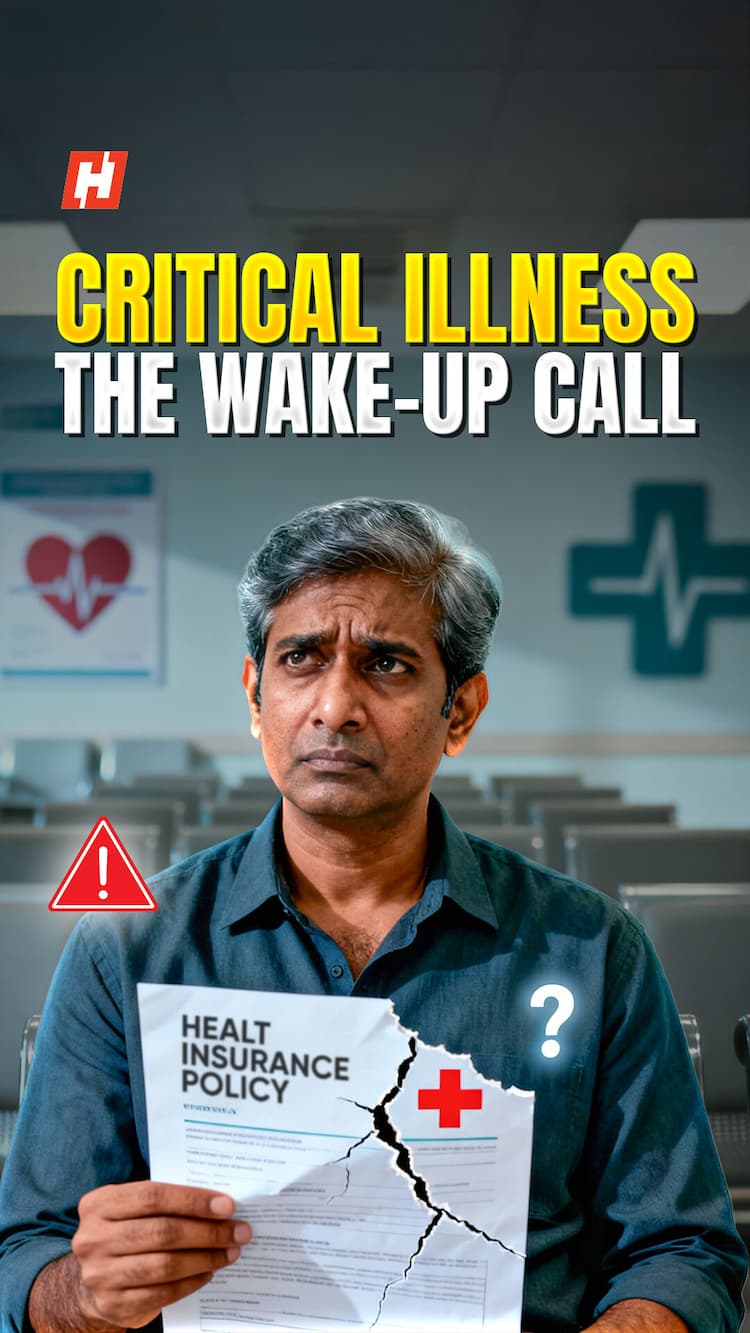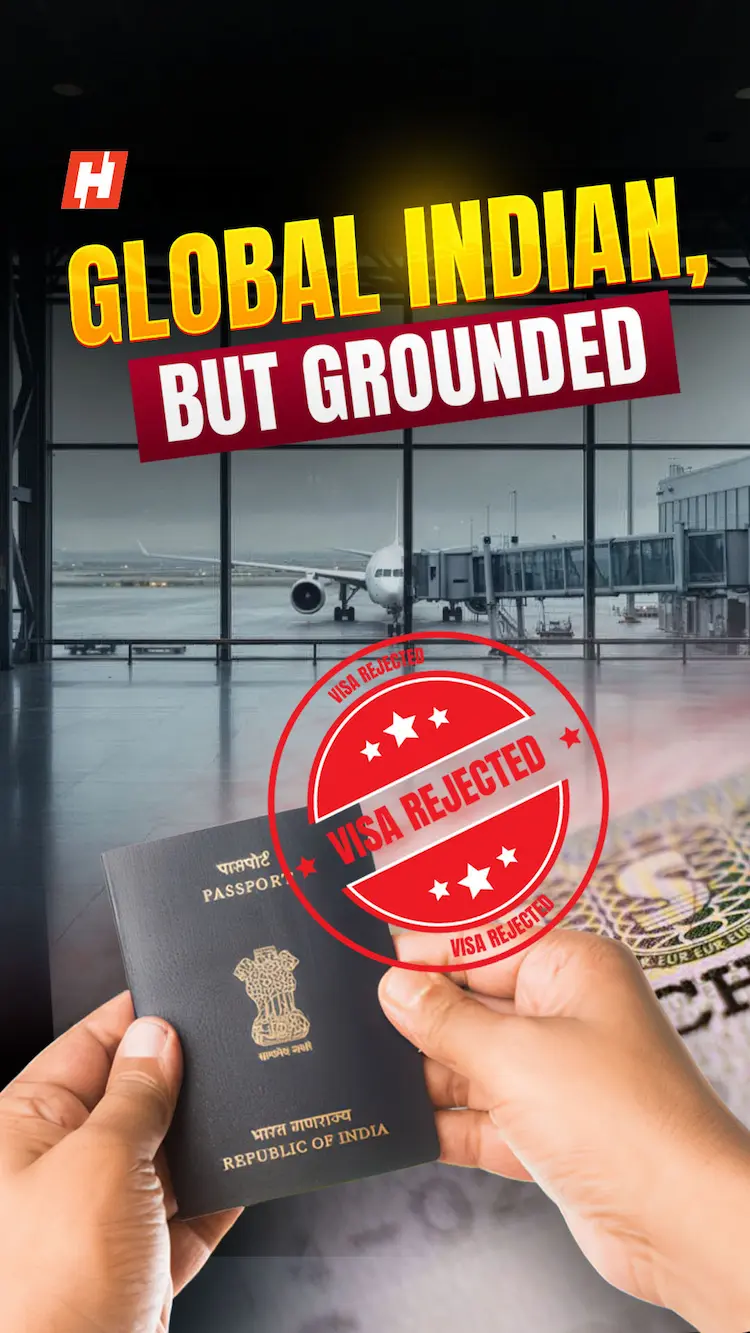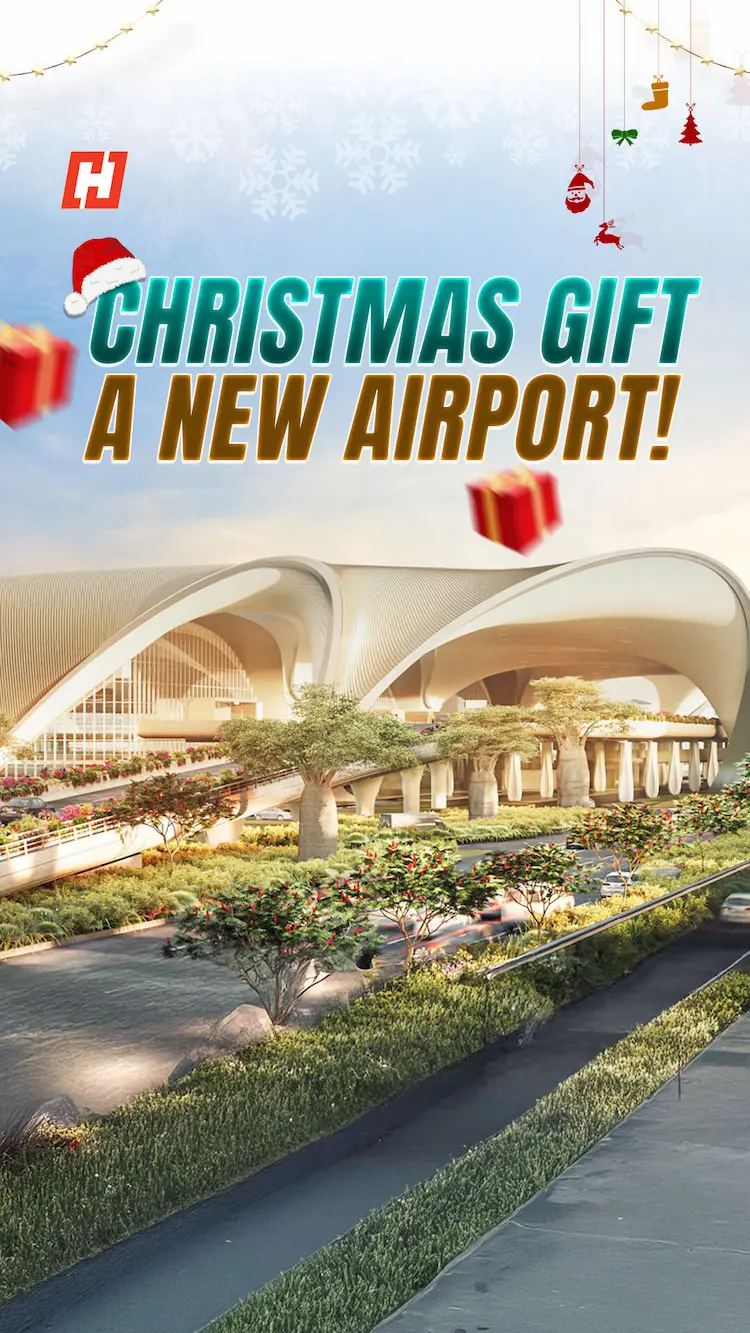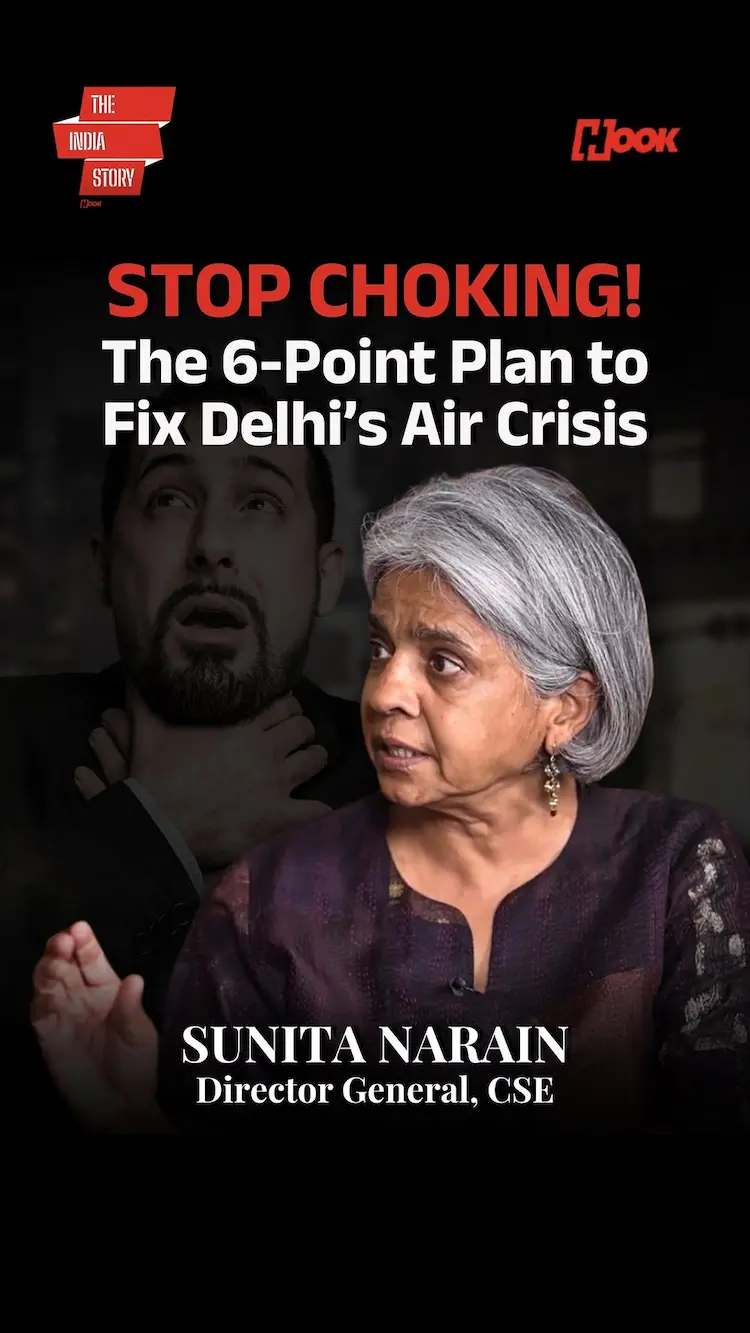The last-mile gap: Why India’s metros can’t fix broken public transport
India’s metro systems are finally getting the global recognition they deserve. Travel vloggers from around the world are calling Delhi Metro one of the best in the world — clean, safe, on time, and affordable. In 2024 alone, it clocked 6.7 million daily riders and covered nearly 400 kilometres across the city. But here’s the catch: while metros have transformed how millions travel, they haven’t changed how most Indians complete their daily journeys. The gap between a polished metro experience and the crumbling bus system that follows is wide — and growing.
Public transport falls apart beyond the metro
Delhi needs over 11,000 public buses to meet demand, but only has about 7,000. In Mumbai, the once-iconic BEST fleet has dropped to just 3,000 buses — when the requirement is more than double that. Bengaluru is short by at least 1,500 buses. The result is painfully long wait times, overcrowded stops, and no real-time updates — turning last-mile travel into a daily gamble.
A problem of poor integration
While cities like Vienna, Seoul, and Singapore have designed public transport as one unified system — where metros, buses, trams, and footpaths work in sync — Indian cities continue to treat metros as standalone trophies. There's little coordination between modes, no shared ticketing, and weak planning around metro stations. What should be a seamless transfer becomes a frustrating disconnect.
Urban planning that leaves people behind
This failure has real-world consequences. With no reliable last-mile support, commuters increasingly turn to private vehicles, worsening traffic, emissions, and inequality. Low-income passengers, in particular, suffer the most — relying on buses that simply don’t come on time or at all.
The way forward: One system, not many
India’s mobility crisis won’t be solved by metros alone. It needs an ecosystem — one where the metro is part of a network that includes frequent buses, shaded footpaths, integrated ticketing, and a commuter-first approach. Without this shift, even the best metros can’t carry the burden of broken transport systems.









